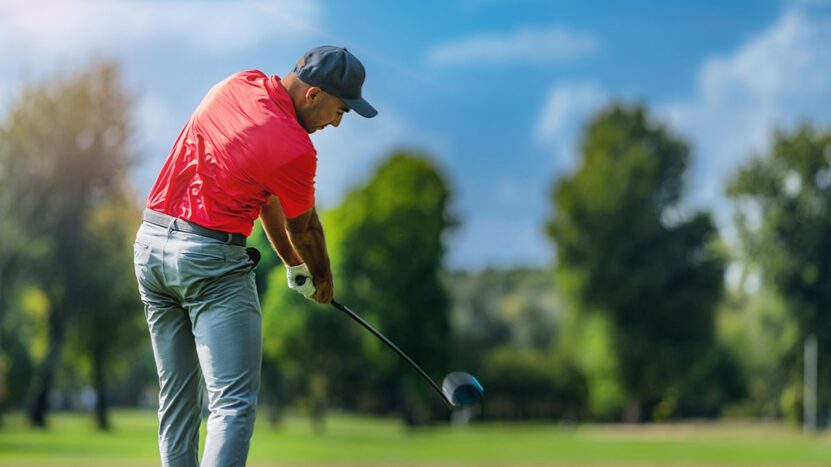Golf’s long game revolves around a crucial question: How far can pro golfers really hit their driver?
This inquiry isn’t just for sports trivia enthusiasts but the heart of understanding modern golf dynamics.
The driver, arguably the most powerful club in a golfer’s bag, serves as a key differentiator in professional tournaments.
In this article, I will discuss:
- The average driving distances on the PGA and European Tours.
- How these distances have evolved and what influences them.
- The technical and physical aspects that contribute to these impressive drives.
Statistical Overview of Driving Distances in the Last Five Years
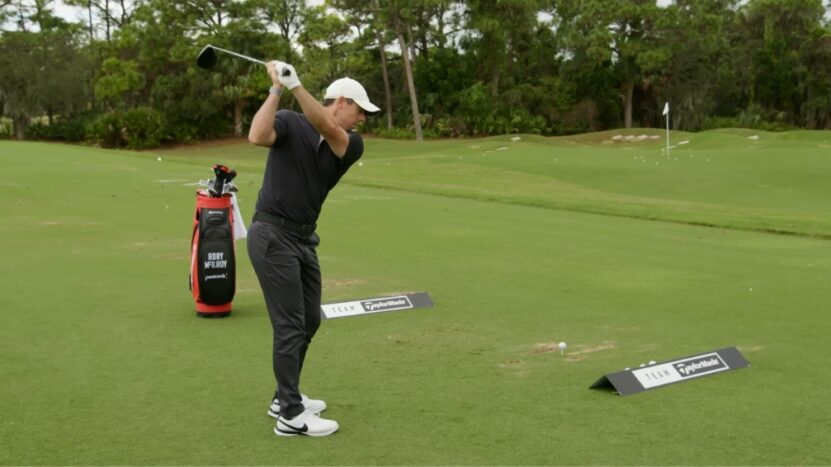
In the past five years, the average driving distance on professional tours has consistently risen.
As of the latest season, the average driving distance on the PGA Tour hovers around 295-305 yards.
| Year | Average Driving Distance (PGA Tour) |
| 2020 | 296 yards |
| 2021 | 298 yards |
| 2022 | 300 yards |
| 2023 | 303 yards |
| 2024 | 305 yards |
Comparison with Historical Data
Comparing these numbers to those from 20 years ago, there’s a clear upward trend. In the early 2000s, the average was closer to 280 yards, indicating a significant leap in driving capabilities among pro golfers.
Evolution of Golf Club Technology
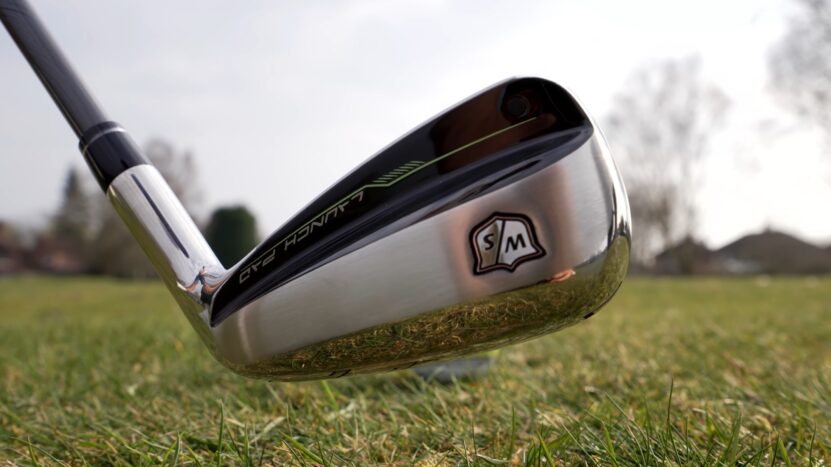
Golf club technology has evolved drastically. From the wooden clubs of the past to the modern titanium and composite drivers, each innovation has contributed to increased driving distances.
The modern driver, with its large head and lightweight materials, allows for greater speed and less energy loss on impact.
How Advancements in Technology Have Influenced Driving Distances
These technological advancements have directly impacted the distances professional golfers can achieve.
The combination of aerodynamics, clubhead design, and shaft flexibility has enabled players to hit the ball farther with the same amount of effort.
Training and Physical Fitness: Keys to Longer Drives
Physical fitness plays a pivotal role in a golfer’s ability to drive the ball long distances.
Core strength, flexibility, and overall fitness contribute to the power and stability needed for an effective golf swing.
Training Regimens of Top Pro Golfers

Top golfers like Rory McIlroy and Brooks Koepka emphasize strength training and flexibility in their routines.
Their workouts include a mix of weightlifting, cardio, and flexibility exercises, tailored to enhance their swing power and control.
Golf Course Design and Its Effect on Driving Distance

Contemporary golf course designs often take driving distances into account.
Longer courses with strategic hazards are becoming common, presenting new challenges to players who can drive the ball far.
Examples of Courses Where Driving Distance is a Significant Factor
Courses like Augusta National and Pebble Beach are prime examples where driving distance can offer a significant advantage, provided the drives are accurate and well-placed.
Impact of Wind, Altitude, and Weather Conditions on Driving Distances
Weather and environmental conditions play a substantial role in driving distances. Wind direction and speed can either aid or hinder the flight of the ball.
Similarly, playing at higher altitudes can lead to longer drives due to thinner air.
Real-World Examples from Notable Tournaments
In tournaments like The Open Championship, where wind conditions are often variable and challenging, the impact on driving distance and overall play is markedly visible.
Top Pro Golfers and Their Driving Stats
Current top golfers like Dustin Johnson and Bryson DeChambeau average driving distances well over 310 yards.
Their ability to combine power and technique exemplifies the modern pro golfer’s profile.
| Golfer | Average Driving Distance |
| Dustin Johnson | 313 yards |
| Bryson DeChambeau | 321 yards |
| Rory McIlroy | 317 yards |
These players have optimized their game through a combination of equipment, physical training, and swing mechanics, focusing on maximizing distance without sacrificing accuracy.
Equipment Choices of Top Drivers
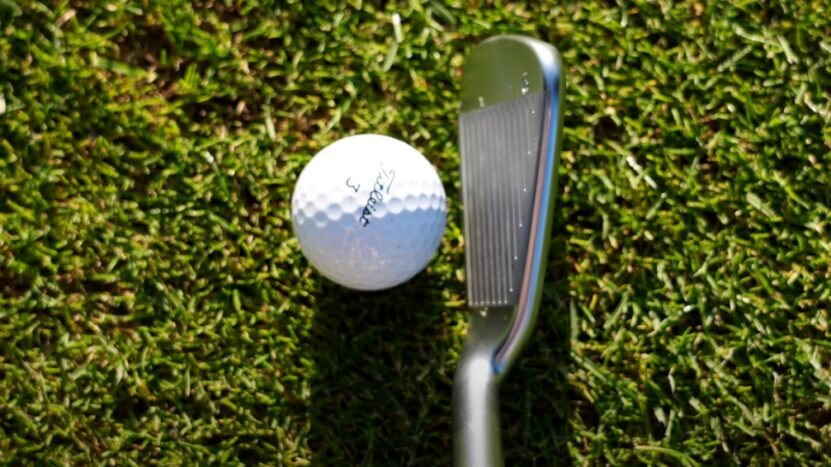
Top golfers often use custom-fitted drivers designed to complement their swing style and physical attributes.
Brands like TaylorMade, Callaway, and Titleist are popular among these elite players.
Insights into How Equipment Customization Affects Performance
Customization of equipment, such as adjusting the loft, shaft flex, and clubhead weight, can significantly impact a golfer’s driving distance and accuracy.
Tailoring these elements to a player’s unique swing helps maximize performance.
PGA vs. European Tour Driving Distances
On average, PGA Tour players tend to have slightly longer driving distances compared to their European Tour counterparts.
This difference is attributed to various factors, including course types and weather conditions.
| Tour | Average Driving Distance |
| PGA Tour | 303 yards |
| European Tour | 298 yards |
Factors Contributing to Any Differences Observed
Factors such as course layout, grass types, and tour-specific playing conditions contribute to these differences.
PGA Tour courses are often designed with longer drives in mind, while European Tour courses can be more varied in design.
Where Are Driving Distances Heading?
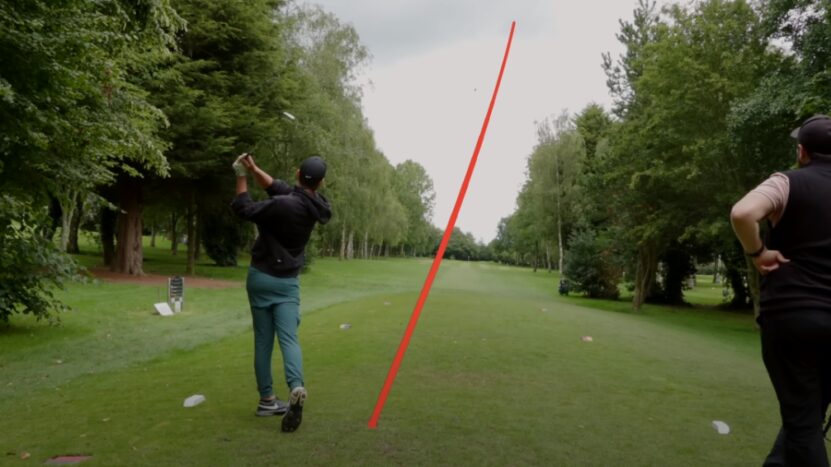
Experts predict that driving distances will continue to increase, albeit at a slower rate.
Technological advancements are approaching a plateau, and the emphasis may shift towards precision and control.
Golf’s governing bodies are considering changes in equipment standards to limit further increases in driving distances.
These changes could include restrictions on clubhead size and ball characteristics.
FAQs
Does the type of golf ball used significantly impact driving distance?
Yes, the type of golf ball can affect driving distance. Multi-layer balls with a softer cover can provide more distance and better control, especially for high swing speeds.
Are there specific age-related trends in driving distance among pro golfers?
Generally, younger pro golfers tend to have longer driving distances due to higher swing speeds. However, experience and technique can offset this in older players.
How does altitude affect driving distance in professional golf?
Higher altitudes can increase driving distances as the thinner air offers less resistance. Golfers may see a noticeable difference in places like Denver compared to sea-level courses.
Is there a significant difference in driving distances between men and women in professional golf?
Yes, on average, male pro golfers drive farther than their female counterparts, primarily due to differences in physical strength and swing speeds.
Can amateur golfers achieve professional-level driving distances?
While it’s possible for amateur golfers to reach professional driving distances, it’s less common due to differences in training, physical conditioning, and equipment.
Do all professional golf tournaments measure driving distances?
Most professional tournaments do track driving distances as part of their statistical analysis, but the emphasis on this metric can vary depending on the tournament’s format and course layout.
Final Words
Driving distance has become a vital aspect of modern professional golf, influencing course design, equipment choice, and training methods.
It has reshaped the way the game is played at the highest levels. The future of professional golf lies in finding the right balance between skill, technology, and physical prowess.
While driving distance will remain a key factor, the ability to adapt and excel in all aspects of the game will define the true champions of the sport.

